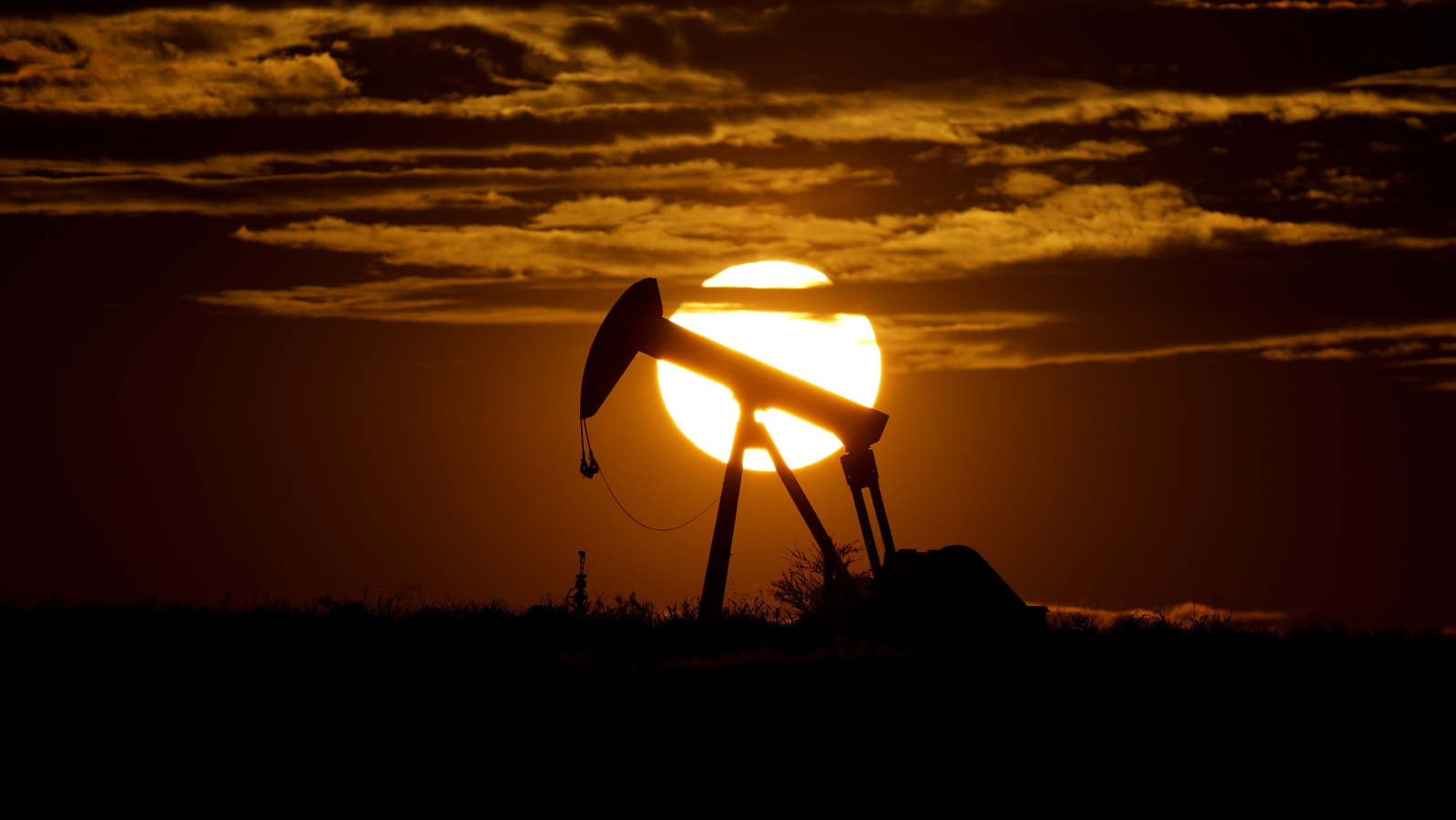The demise of oil may have been greatly exaggerated
by Andy CritchlowGiant pillars holding up oil markets have suffered cracks since the pandemic sent shock waves through the global economy. Demand has collapsed and prices have tumbled, but there are reasons to believe the worst of these tremors have passed. Crude has survived the seismic shock waves and can fuel the recovery.

Dated Brent - the physical benchmark used to price two thirds of the world's oil - has more than doubled in value since hitting a 21-year low in April. The measure of high-quality North Sea crudes is now trading at around $US34 per barrel, enough to keep the industry functioning. Prices have recovered as nations begin to ease lockdowns and producers reduce supplies to rebalance wobbly markets.
The feared exhaustion of global storage capacity has abated. Freight rates to hire super tankers known as VLCCs, recently used to store oil out at sea, have fallen back to around $US50,000 ($75,000) per day, from a peak of $US200,000 per day.
Motorists are helping to restart demand. According to Apple Maps data based on routing requests, road traffic in Britain has doubled since the peak of the travel restrictions enforced in early April. In the US, the world's largest oil-consuming nation, the same data shows road journeys beginning to approach pre-pandemic levels as more states open up ahead of the summer driving season. Road congestion in Beijing is back to normal.
The price of US Gulf Coast 87 octane CBOB - the most liquid wholesale gasoline grade traded in the US - had increased by around 133 per cent as of May 14, from its lowest point this year, according to S&P Global Platts assessments. With most of the global aviation industry remaining grounded and consumers still reluctant to use public transport, the internal combustion engine may enjoy a renaissance.
Saudi Arabia and Russia have played their part in averting disaster by agreeing to call off their ruinous price war by agreeing to cut production. Oil supply is now on course to drop by up to 13m barrels per day in the second quarter, according to S&P Global Platts Analytics. The kingdom - which needs prices to trade above $US80 per barrel normally to fund its budget - doubled down this month on its commitment to do whatever it takes to rebalance the oil market by announcing its intention to cut another 1m barrels from its daily supplies starting in June.
The willingness of Riyadh and the Kremlin to compromise after much cajoling by Donald Trump, the US president, could signal a new era of even closer collaboration with Opec to manage global oil markets.
Meanwhile, the US shale revolution has temporarily been put on hold. The number of rigs operating in America has dropped by 65 per cent. Crude output has fallen by 1.6m barrels per day from March to a total of 11.5m barrels per day, according to the US Energy Information Administration.
"Today's price reflects optimism in the market, but further upside will most likely be limited due to higher oil stocks and logistics constraints in US supply, leading to some discounting," said Chris Midgley, global head of Platts Analytics. "Demand is partially recovering, as people return to cars, but other areas such as aviation will see much longer U-shaped recoveries."
Of course, oil markets remain fragile. Travel quarantines and consumer reticence could hamper the chances of a recovery for airlines. Global refinery runs are down approximately 13m barrels per day year-on-year due to the severe demand contraction, according to Platts Analytics. The outbreak of a new trade war between the US and China could also hit trade and shipping.
In the post-COVID-19 world, governments may also seek to reduce their dependence on fossil fuels.
However, oil remains the most cost-efficient way to fuel global growth. The world has still been consuming more than 70 million barrels per day of crude. Provided a catastrophic second wave of the pandemic and subsequent lockdowns are avoided, there is no reason to believe that the new normal for oil markets won't closely resemble the old.
Andy Critchlow is head of EMEA news at S&P Global Platts